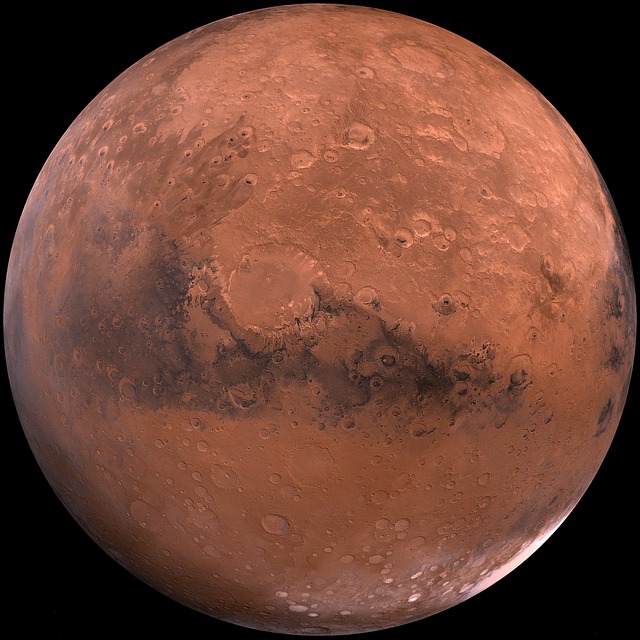Tag: Space
-
Planet Facts for Kids: Stories About The Big Blue Marble And Other Planets
Even in ancient times, humans have always been itching to know the mysteries of the sky and what lies beyond. Gradually, many of the secrets of our galaxy were revealed, but our interest in the Universe hasn’t stopped there. We wanted to explore the Universe for ourselves, to conquer our galaxy. We now know that…
Written by
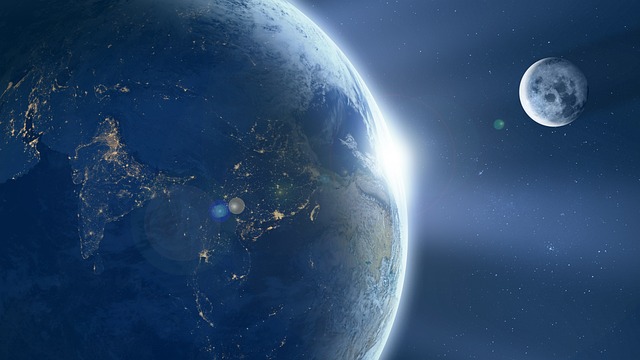
-
Neil Armstrong Facts For Kids – The First Man on Moon
You might want to know these amazing Neil Armstrong facts for kids that includes his personal achievements, awards, initial career, and his remarks after coming from a historic journey. Neil Armstrong was the first man to set foot on moon. It was the historical day of July 20, 1969 when Neil stepped out of the…
Written by

-
Space Facts For Kids | Untold Facts About Space
You know what! You cannot count how many galaxies are there in our solar system because there are billions and billions of them. Well, as a matter of fact, our universe and the space around us are full of mysteries that are yet to be unfolded. Hence finding about interesting space facts for kids is…
Written by
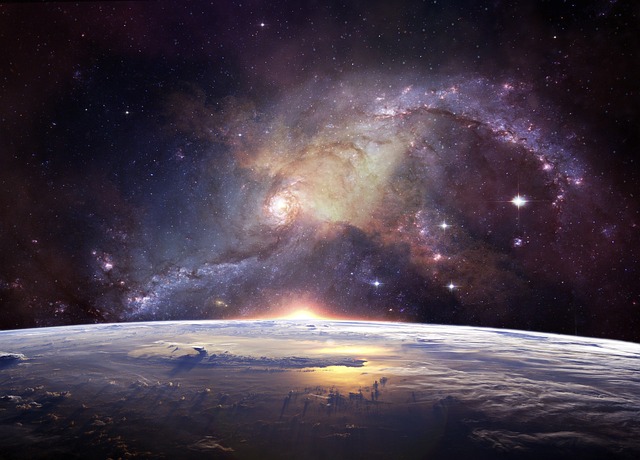
-
Solar System Facts For Kids | Hidden Facts About Solar System
We have collected some of the amazing solar system facts for kids. So let’s begin our journey by the fact that the center point of our solar system is the Sun while eight planets orbit the Sun on a plane called as Ecliptic. Besides there are few dwarf planets, 4 ring systems, comets amounting to…
Written by
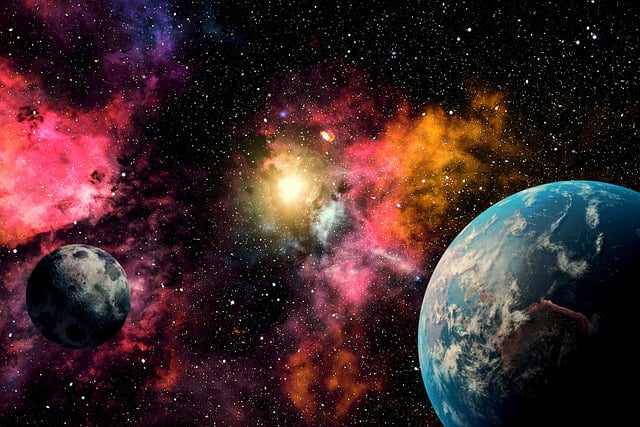
-
Jupiter Facts For Kids | Top 20 Amazing Facts
Being massive, Jupiter stands as the largest planet in the solar system. It is also the fifth planet from the sun. The planet Jupiter is classified as a Gas Giant together with other similar planets including Neptune, Uranus, and Saturn. These four planets are combined to call Jovian planets. The planet was discovered in the…
Written by
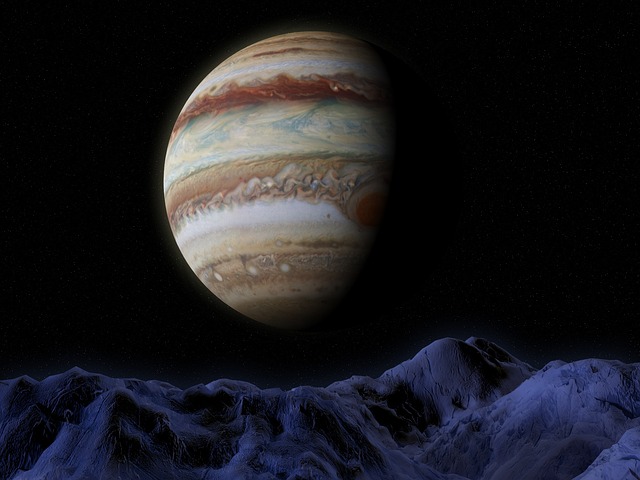
-
Saturn Facts For Kids | Interesting Facts about Saturn For Kids
Now is the right time to enjoy some of the most important saturn facts for kids. Saturn is the second largest planet and deemed to be the god of agriculture in Roman mythology. It is because of this planet that the English word ‘Saturday’ was created. Thanks to the Galileo who first observed Saturn with…
Written by
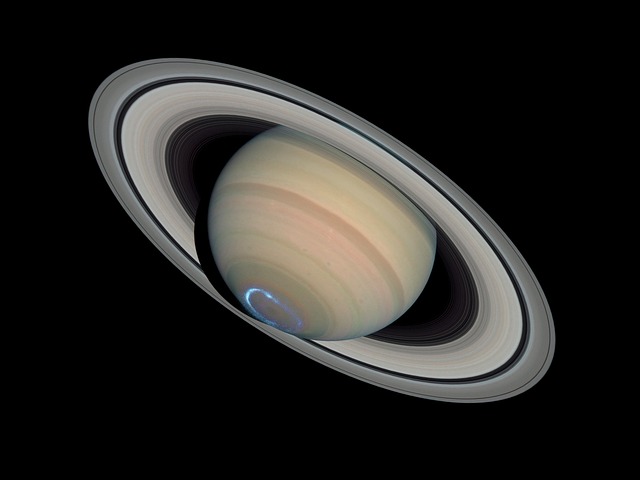
-
Venus Facts For Kids | Venus Atmosphere, Mass, Volume, and Other Features
Venus has long been admired for its exquisite grace and beauty in a bright moonless night. One of the most brilliant, glowing, and exquisite-color planet Venus seems like a twin planet to the Earth. Its mass is almost equal to that of our planet and both are alike in their sizes. Astronomers hold that Venus…
Written by
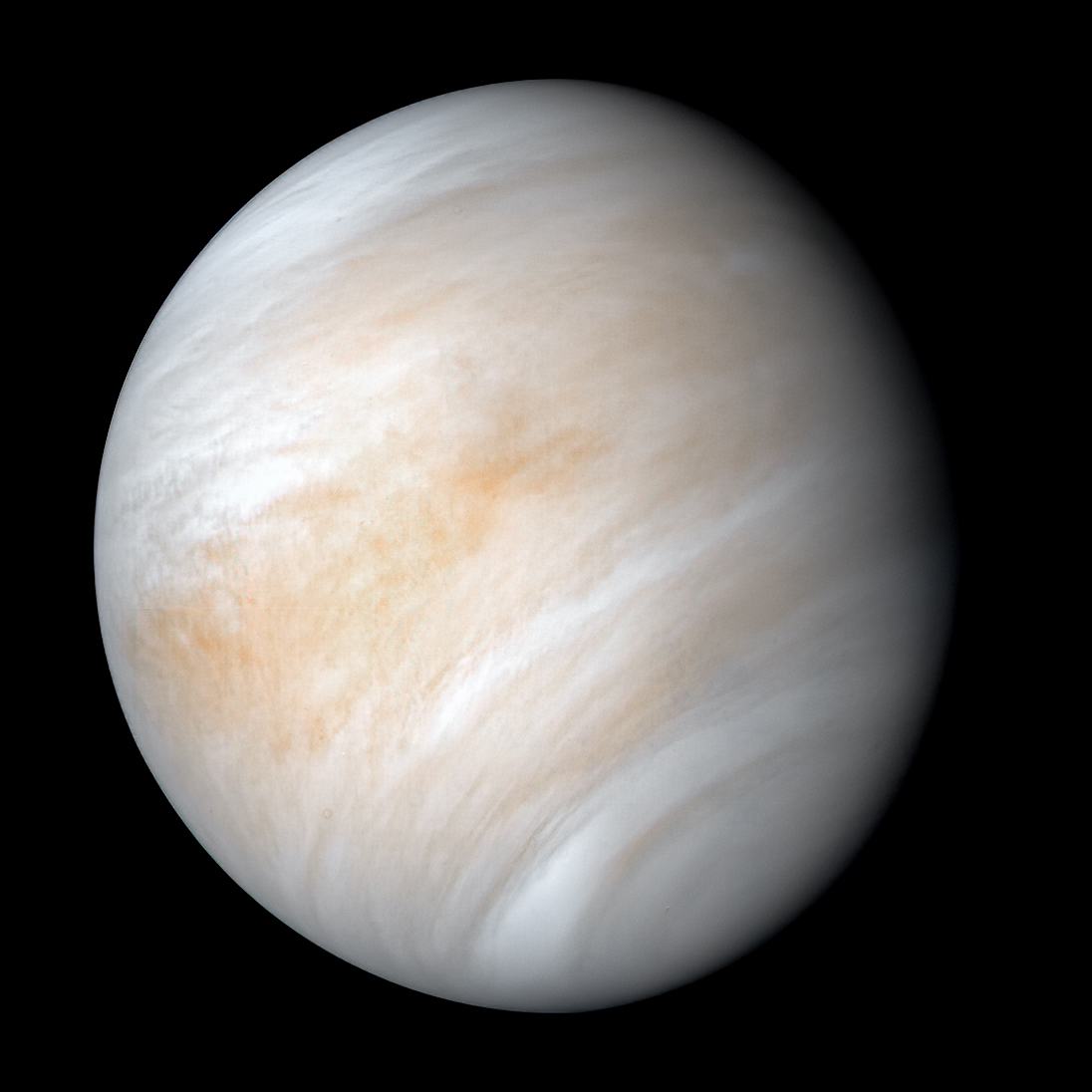
-
Neptune Facts For Kids | Top 30 Most Amazing Facts
Neptune, a vivid blue-colored planet, remained undiscovered for many years since it was not accidentally found just like other planets. Scientists found it mathematically. Neptune is the most distant planet in our solar system but the discovery of Pluto in 1930 made Neptune the second most. The same belief continued until 2006 when International Astronomical…
Written by
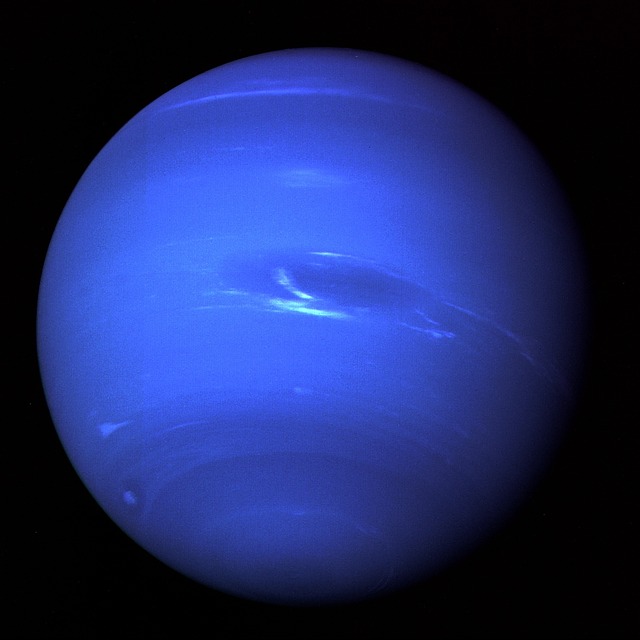
-
Facts About The Sun For Kids | The Brightest Star
The first thing you should know about the Sun is that it is not a planet but a star. A spherical-shaped star is actually made up of burning plasma interconnected with magnetic fields. There was a time when astronomers thought it as an undersized star with little or no significance. But not anymore because today…
Written by
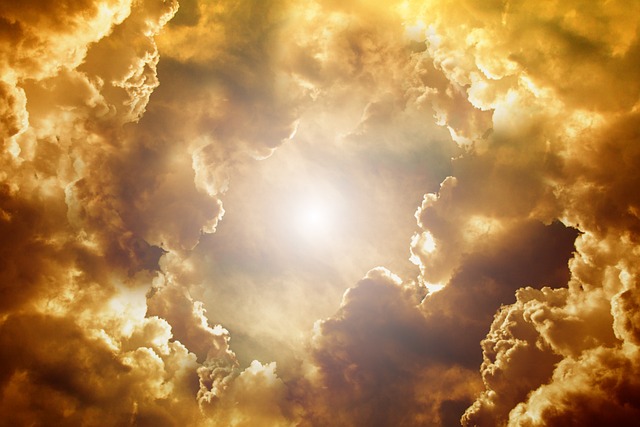
-
Moon Facts For Kids | The Only Satellite Of The Earth
Since Moon is the only planet in our solar system to which humans have reached so far, so there is a lot to know in Moon facts for kids. The size of the Moon is much smaller than the Sun but it’s quite big as compare to our planet. Unlike the Earth, the crust, mantle…
Written by
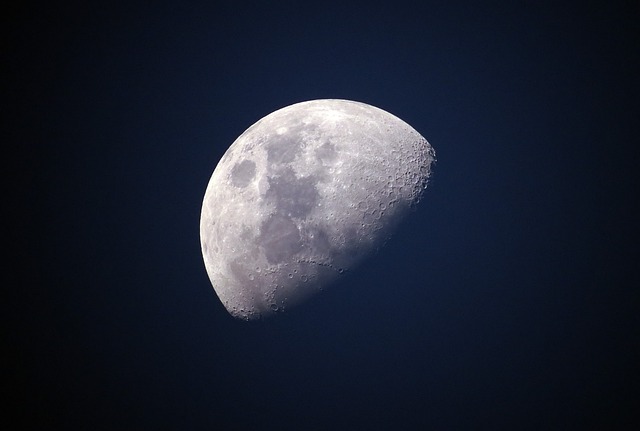
-
Earth Facts For Kids | The Blue Planet
Earth is also known as ‘Blue Planet’ because it looks like a blue ball from outer space. This blue color is due to the waters of the oceans which cover more than 70 percent of the planet. Earth is the only planet in our solar system to support natural life and has water on it.…
Written by
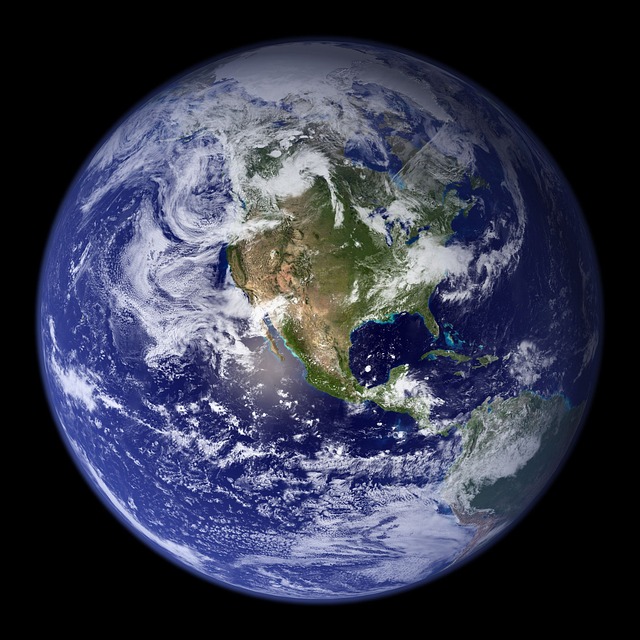
-
Mars Facts For Kids | The Red Planet
Mars is perhaps one of the only planets in our solar system that resembles a lot with our own planet, the Earth. So how about discovering this great planet and read some useful Mars facts for kids! The red color of this planet is because of the rust caused by the high concentration of iron…
Written by
